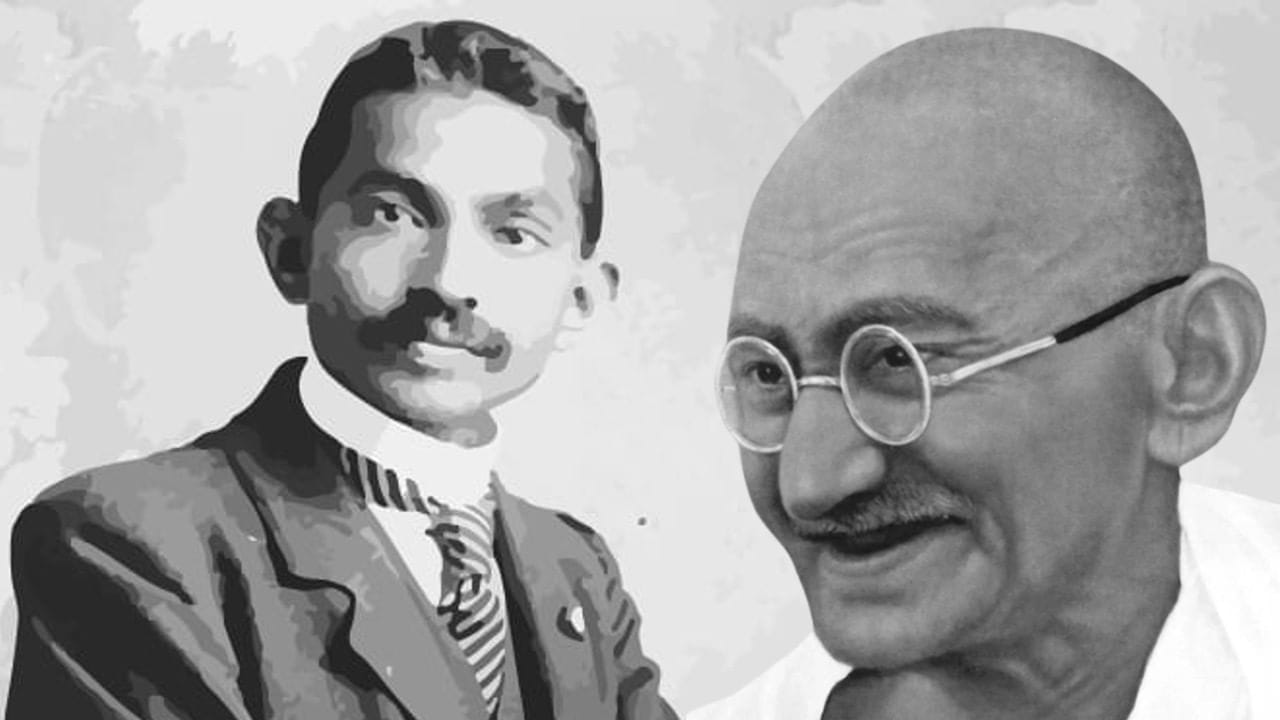When Mahatma Gandhi came to South Africa in 1893, he was only 24 years old but when he returned to India, he was an experienced lawyer for 45 years. The eyes of 25 million people nationwide are focused on him.
Mohandas Karamchand Gandhi returned to India from South Africa on January 9, 1915, a day observed as Indian Expatriate Day.
Image credit: PKBnews GFX
January 9, 1915 was the day Mohandas Karamchand Gandhi returned to India from South Africa. Preparations have been made to welcome him in Mumbai. Thousands of Congress workers showed up at Apollo Port in Bombay (now Mumbai). When he arrived in the morning, the staff welcomed him warmly. When he came to South Africa in 1893, he was only 24 years old but when he returned to India, he was an experienced lawyer for 45 years. The eyes of 25 million people nationwide are focused on him. There is also a reason for this.
In fact, the struggle he waged while in South Africa gave Indians hope that this leader could liberate us from the British. His return on January 9 is celebrated as Diaspora Day.
Partition of Bengal and change of capital from Calcutta to Delhi
During the period of Mahatma Gandhi’s return to the country, many changes took place in the country and many changes continue to take place. In 1905, Bengal was divided into two parts. In 1911, Delhi was chosen as the country’s capital instead of Calcutta. The Congress has completed 30 years but its role in the freedom struggle is not small. People were divided on how to fight for independence. Some people believe that the British should respond in their own language. Others have talked about fighting for freedom through nonviolence.
This is how the seed of nonviolence germinates
The father of the nation started his freedom struggle from Champaran in Bihar. Known as Champaran Satyagraha. He applied non-violent methods to drive the British out of India. Its seeds grew during one of his visits to South Africa.
The incident happened on June 7, 1893. Mohandas Karamchand Gandhi, who was working as a young lawyer, was traveling from Durban to Pretoria by train. He is investigating the case of his client Dada Abdullah. His train stopped at Pietermaritzburg. The train conductor asked him to get down to first class. This was a time when first class cabins on ships were reserved for white people.
The conductor asked them to go to the lower class passenger compartment. Even when Bapu gave the first class ticket to the conductor, he still disrespected him and threw him out of the train. On the platform in Pietermaritzburg where he got off the train, there is still a sign today stating that this is where Mahatma Gandhi was pushed and thrown. This incident turned his life upside down. After getting off the train, he went to the station.
The president wrote in his autobiography ‘My Experiments with Truth’ that the jacket was kept in the trunk of my car during the journey, but I did not want to take it with me for fear that I might be humiliated again. . After this incident of caste discrimination, Mahatma Gandhi refused to give in to discrimination. Here, he began a movement to oppose apartheid policies through peaceful and nonviolent means. When he arrived in India, people’s expectations of him increased.
Read more – Knowledge stories
Tagsknowledge of mahatma gandhi indian independence movement
Categories: Trending
Source: Tekmonk Bio, Make Money Blogging




GIPHY App Key not set. Please check settings